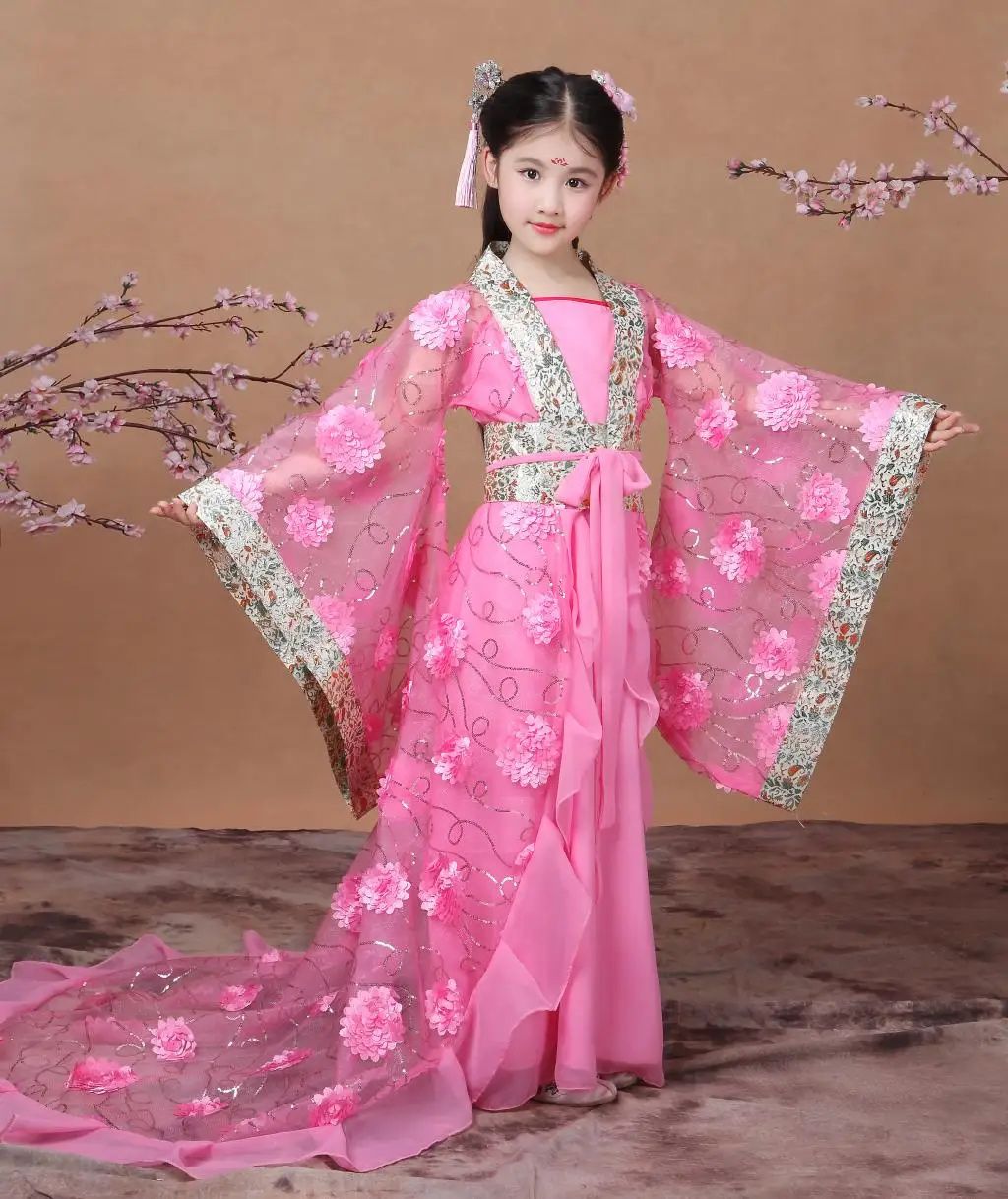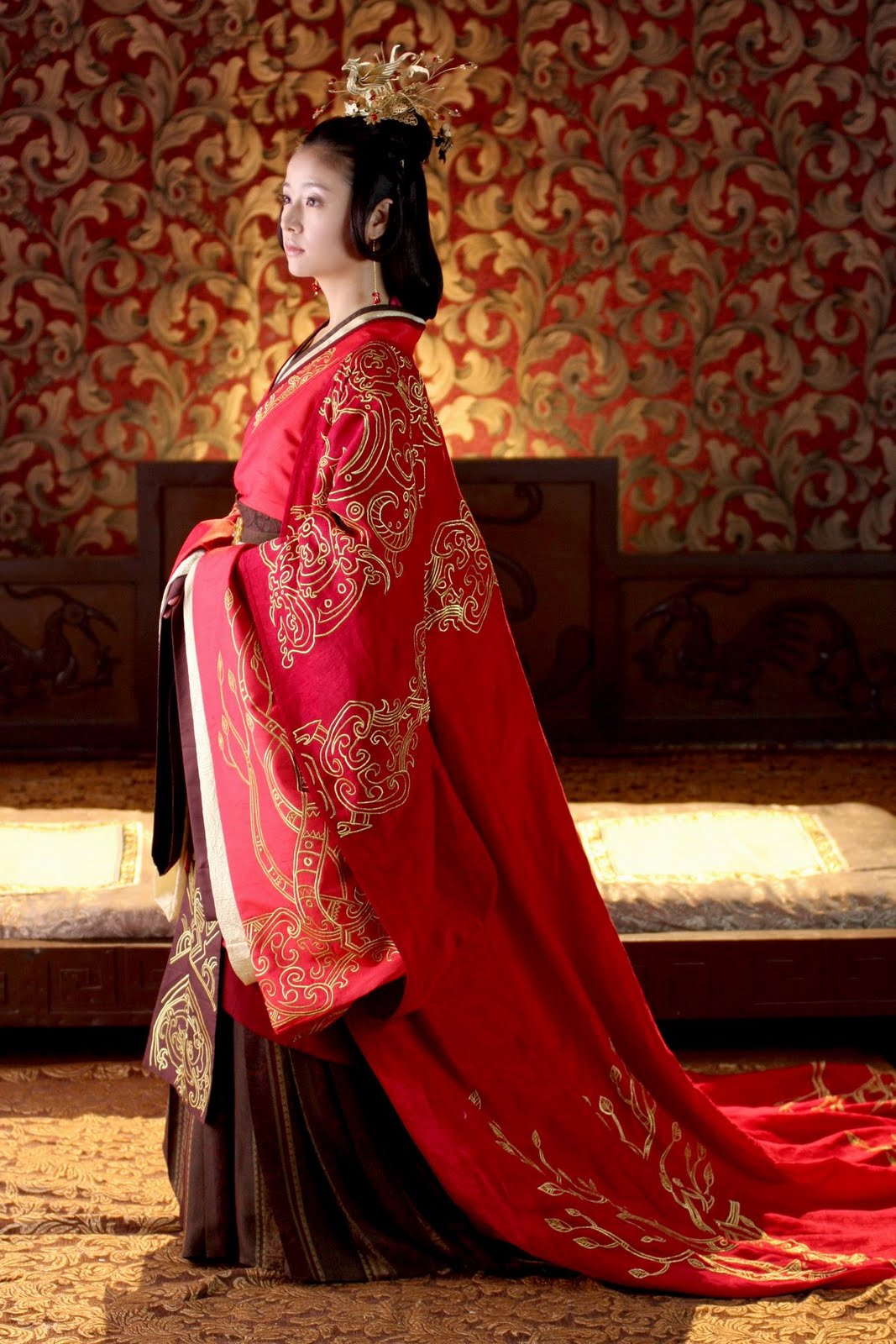
Traditional Chinese Clothing Female Dragon Chinese Traditional Emperor Costume Ancient Queen
1. This traditional dress originated in the Shang Dynasty Photo by DAN MA on Unsplash The basic features of Chinese traditional dress are a cross-collar, wrapping the right lapel over the left, and tying with a sash. This style of dress is believed to have originated in the Shang Dynasty (1600-1046 BCE).

Yellow Long Cheongsam Sexy Chinese Traditional Dress Qipao Chinese Oriental Dresses China
The Han (汉族 hànzú) are the dominant ethnic group in China, and consequently Chinese characters are referred to as Han characters (汉字 hànzì). Likewise, the Mandarin language is called the Han language (汉语 hànyǔ) and traditional Chinese clothing is called Han clothing (汉服 hànfú). During the Han dynasty, clothing designs.

Buy long traditional silk cheongsam dress black chinese qipao red women chinese
Transitional Fashion from Ancient China ♡ Cheers to Traditional Outfit Lovers ♡ Feel the Charm of 🇨🇳 ♡ 5-12 Days Delivery Worldwide.. Modern Chinese Style Dress (花蝶图) Regular Price $108.00 Sale Price $108.00 Regular Price Unit Price / Translation missing: en.general.accessibility.unit_price_separator . QUICK SHOP

2019 new pink chinese ancient traditional girls hanfu clothing cosplay party dresses tang
Chinese bride wearing cheongsam with a honggaitou covering her face for wedding ceremony.. The cheongsam (Chinese: 旗袍), or zansae also known as qipao, sometimes referred to as the mandarin gown, traces its origins to the Qing dynasty. Cheongsam was the dress for Manchu women which become popular in Hong Kong and Shanghai after the fall of the Qing dynasty in 1912.

Modern Chinese Traditional Dress Women Bride Wedding Qipao Embroidery Red Cheongsam Short
The traditional dress that Manchu women wore became known as the qipao (旗袍, meaning banner gown). After 1636, all Han Chinese men in the banner system had to wear the male version of the qipao, called the chángpáo (長袍).

Chinese Traditional Dress Red Long Sleeve Cheongsam Embroidery Qipao Oriental Dresses Wedding
Cheongsam, also known as Qipao in Mandarin, is a traditional dress that has its origins back in the 17th century. It is a type of famine body-hugging dress with distinctive Chinese features of Manchu origin. During the 1920s-1930s, it was called mandarin gown and popularized by upper-class women in Shanghai.

Chinese Traditional Wedding Dress Stock Photo RoyaltyFree FreeImages
Chinese traditional clothing is famous for its luxurious styles. The top 9 most famous Chinese clothes include Cheongsam, Hanfu, Tang Suit, Zhongshan Suit, Shenyi. etc. It has been shaped by different dynastic traditions, and therefore, its characteristics in different dynasties can reflect the social background and culture at that time.

Chinese traditional dress long design women's costume bridal evening dress Chinese style
Cheongsam Cheongsam ( UK: / tʃ ( i) ɒŋˈsæm /, US: / tʃɔːŋˈsɑːm /) or zansae, also known as the qipao ( / ˈtʃiːpaʊ /) and sometimes referred to as the mandarin gown, is a Chinese dress worn by women which takes inspiration from the qizhuang, the ethnic clothing of the Manchu people.

Red Women Chinese Traditional Dress Red Bridal Wedding Dress Clothes Chinese National Long Qipao
Hanfu comprises all traditional clothing classifications of the Han Chinese with a recorded history of more than three millennia. [15] [16] Each succeeding dynasty produced their own distinctive dress codes, reflecting the socio-cultural environment of the times.

chihaha Han Chinese clothing
Chinese traditional dresses of the Eastern Han Dynasty (25 — 220), on the grave mural of Dahuting Tomb about the owner's banquet. Traditional clothing of Three Kingdoms, Wei, Northern and Southern Dynasties (220 — 589) in the painting "Luoshen Fu" by artist Gu Kaizhi (348 — 405). This is the copied version by people of the Song Dynasty.

Ancient Traditional Chinese Woman Elegant Hanfu Dress Fashion Hanfu
Traditional Han Chinese Clothing (Han Fu): It refers to the attire worn by the Han people from the enthronement of the Yellow Emperor (about 2698 BC) till the late Ming Dynasty (1368 - 1644 AD). It became known as the Han Fu ("fu" means "clothes" in Chinese) because the fashion was improved and popularized during the Han Dynasty.

Buy traditional chinese wedding dress cheongsam red cheongsam silk 2016
1. Traditional Chinese Dress - Hanfu History of Hanfu 2. Qing Dynasty Best - Cheongsam Qipao Qipao History 3. Men's Style - Tang Suit Origin of name Tang Suit History 4. Formal Attire - Zhongshan Suit History of the Zhongshan Suit 5. Ethnic Minorities - Colorful Costumes Features of Clothing 6.

Buy Oriental Chinese Traditional Wedding Dress Women Phoenix Embroidery
Chinese clothing includes the traditional hanfu and garments of ethnic minorities, as well as modern variations of indigenous Chinese dresses. Chinese clothing has been shaped through its dynastic traditions, as well as through foreign influences. [1]

Red Chinese Wedding Dress Female Long Sleeve Cheongsam Gold Embroidery Phoenix Chinese
2. Qipao. Qipao appeared in the 1920s and remained as the "national dress" until the 1950s. Qipao was originally made wide and loose, covering most parts of the body. Yet it could hardly be considered fashionable, and people were seeking for a more snazzy style of dressing to suit their tastes.

Traditional Chinese Wedding Qipao East Meets Dress Gemma Bespoke Dress
The Zhongshan Suit 5 Key Variations in Traditional Chinese Clothing The 2 Basic Forms of Traditional Chinese Clothes 4 Well-Known Traditional Chinese Clothes Types The Hanfu, Zhongshan suit (Mao suit), Tang suit, and cheongsam (qipao) are the four most distinctive types of traditional Chinese clothing. 1.

Chinese Princess Costume Women Queen Yarn Chinese Traditional Dress Female Hanfu Traditional
Hanfu was a symbol of traditional Chinese culture. It also had a far-reaching influence on the clothing in other neighboring Asian countries, such as the Japanese kimono, the Korean hanbok, and the Vietnamese Áo giao lĩnh. Chinese clothing started to be adopted by the Japanese in the 5th century. Traditional Japanese clothing is the